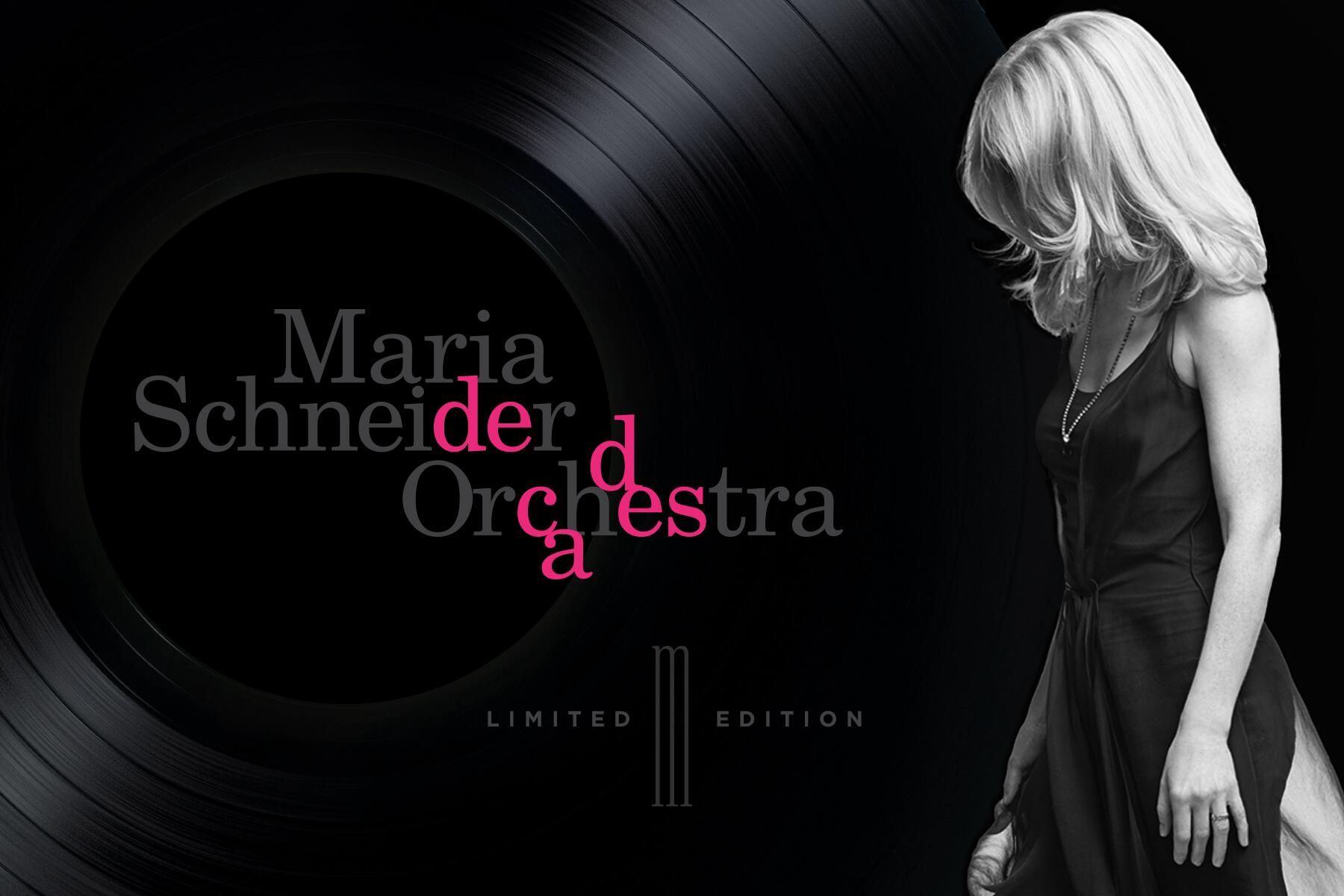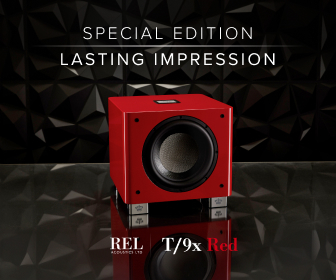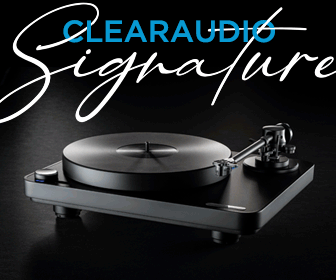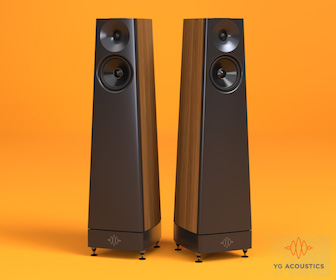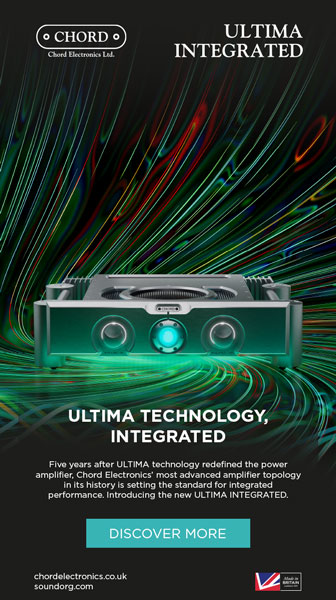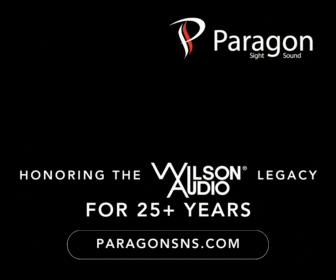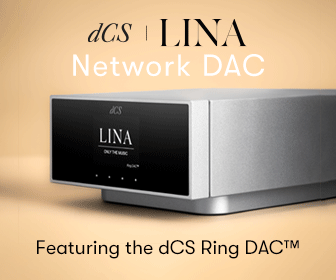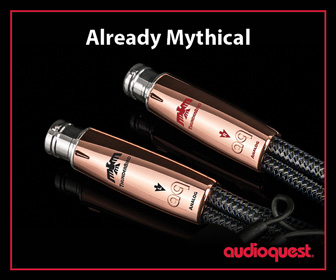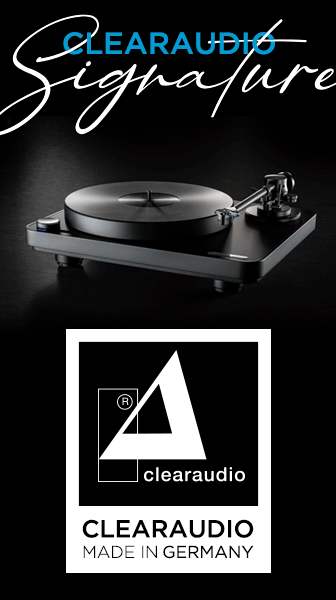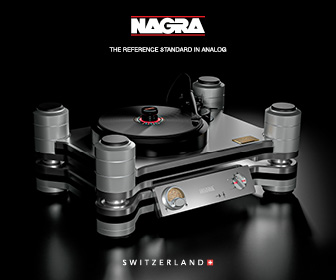The Maria Schneider Orchestra at 30
Our greatest big-band composer's greatest hits, for the first time on vinyl
Maria Schneider is the preeminent big-band composer and leader of our time. She’s been at it for a little over 30 years, recorded nine albums in that span, and this, her 10th, Decades—a lavishly packaged, limited-edition three-LP boxed set, on the Artist Share label—is a celebration, a sort of best-of anthology tracing her evolution. It also marks the first time any of her work has been pressed on vinyl, in this case 180-gram vinyl, the lacquers cut by Chris Bellman at Bernie Grundman Mastering.
She started out as a protégé of Bob Brookmeyer, then an assistant and copyist (and, rumor has it, ghost co-writer) to Gil Evans, and her first few albums—Evanescence (1994), Coming About (1996), and Allegresse (2000), a few tracks of which take up Disc 1—reflect that influence: the lush, stacked harmonies, swaying rhythms, and catchy, light-heartedly complex melodies. Disc 1’s first track, “Hang Gliding,” from Allegresse, opens with a Sondheimian sparkle. In her next phase—heard on Concert in the Garden (2004) and parts of Sky Blue (2007), excerpted here on Disc 2—she brought in Latin colors and cadences and added new voices (especially the accordion and assorted percussion). Then—beginning with Sky Blue and deepening with The Thompson Fields (2015), the latter highlighted on the first side of Disc 3—came an immersion in Americana, evoking moods and memories of her girlhood in rural Minnesota but also drawing on Gershwin, Bernstein, Copland, and, in a richer exploration of a persistent influence, Ravel. Finally, her most recent album, Data Lords (2020)—pieces of which take up side two of Disc 3—treads a new, dark path, stemming from her abhorrence of digital dehumanization and surveillance. (She led a lawsuit against YouTube and refuses to put more than a track or two per album on any steaming platform.)
Concert in the Garden was her breakthrough, a suite of five movements, riveting, sophisticated, and swinging, the first work that, as Schneider has said interviews, made her feel like a real musician. If big band music can be divided between “vertical” (moving through stacked harmonies) and “horizontal” (moving through melody and propulsive rhythm), this was her first full piece that traversed both dimensions. Concert was widely recognized as Schneider’s best; the Library of Congress placed it on its National Registry of Recordings, one of the few jazz albums to make the list.
Then came The Thompson Fields, which I think is Schneider’s masterpiece—elegiac, stirring, mesmerizing: kaleidoscopes of harmonic color, weaving inner voices richer and more sinuous than before (and she has been, from the start, a master of radiant sinuousness). It also includes two of the most beautiful songs in the modern big-band repertoire, the title tune and “Walking by Flashlight,” both of which appear here. (The latter, based on a Ted Kooser poem, was first featured on Winter Morning Walks [2013], which she recorded with the Australian Chamber Orchestra and singer Dawn Upshaw; Schneider set Kooser’s poems to music, and Upshaw sang them. On Thompson Fields, Scott Robinson covers the melody on alto clarinet, and it brings shivers every time I hear it, live or on disc.)
I first heard Schneider’s Jazz Orchestra in the mid-1990s, when they were playing every Monday night at Visiones, a small Greenwich Village club whose proprietor paid her just enough for cab fare back to her Upper West Side apartment and a little bit more for her musicians. Still, it gave her a chance to hear her compositions, to cultivate a band (many of whose members still play with her, happily), and to encourage them to develop and shine as improvising soloists. Gradually, concert-hall managers from Europe heard her play and gave her gigs, Enja Records signed her to a contract, foundations offered her commissions. In 2000, she signed with Artist Share, the music industry’s first instance of what came to be called “crowd-sourcing”—a label that let musicians finance their projects however they desired and keep all the royalties (minus 15 percent to pay for overhead). Soon she also acquired all of her master tapes from Enja, so the only way you can buy any of her albums, including this one, is through ArtistShare.com or MariaSchneider.com. She also offers, for an extra fee, something like DVD Extra Features—scores, rehearsal videos, and other treats. (She earns as much revenue from the extras as from the albums.)
She is that rare jazz musician who actually makes a profit from her recordings.
And she spends a lot of money on her recordings. She pays her musicians well, rents studio space for longn rehearsals, hires top-notch recording engineers (they’ve included Paul Wickliffe, David Baker, Jim Anderson, James Farber, Joe Ferla, and Brian Montgomery), and works with them extensively. All of her CDs sound excellent. (One of them, Days of Wine and Roses: Live at the Jazz Standard, not featured on Decades because it consists of standards, not her own compositions, was recorded by David Baker live-to-two-track—an extraordinary feat.)
Schneider tells me she spent four months re-mastering these 12 tracks—a little over two hours of music—for LP. The difference in sound quality between the vinyl and the compact discs is not like day from night (as I said, the CDs sound very good as is), but the LPs do sound better. The instruments, which already popped out, are more palpable still. The soundstage stretches farther back, and there’s more air between the instruments. Bass and percussion are tighter. Details, from the lightest brush-swish to the breathiest flute flutter, are clearer. And on the later tracks, especially from Data Lords, the dynamic range is wider.
The box is also splendid to behold. It includes Stoughton cover design, a glossy booklet with fine-quality photos, and a long essay by Schneider herself, recounting the music’s backstories. She even had the mailing container custom-made for this boxed set, and it’s one of the most elegant record mailing-containers I’ve seen.
She has pressed 1,000 numbered copies of the three albums in this boxed set. She may press more, without numbers, if there’s demand. She doesn’t plan on putting them out on CD. Nor, aside from a couple of tracks, are they available on streaming apps.
The package costs $175, and you can see and hear where every dime was spent (I bought one, money well spent_ed.). Even if you buy it, I would advise you to check out some of the original CDs as well, especially Thompson Fields and Concert in the Garden. You will hear more variety of styles on the originals. Decades has what she regards as the best (or least most characteristic) pieces from her various albums, and thosd tend to be the most gorgeous, so there is a seamless gorgeousness here, (not that there’s anything wrong with that). The exception is the last side of Disc 3, two pieces from Data Lords, which are quite dark and dissonant. Data Lords is a two-CD album, the first subtitled “The Digital World,” comprised of dark dissonant pieces, the second called “The Analogue World,” comprised of gorgeous pieces like we’re used to hearing from her. (The two tracks on Decades both come from “The Digital World,” probably to display some variety.) Data Lords is a fascinating album, but I don’t think it shows off her glories. Just as Ella Fitzgerald wasn’t at her best doing the blues, Maria Schneider isn’t at her best doing dark and dissonant. I should note that I’m in a minority here; some critics regard it as one of her best achievements. In any case, my complaint is a small one. Decades is a treasure. Regard it accordingly.




